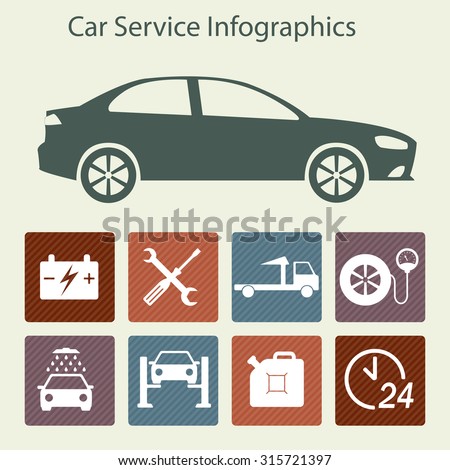Why Routine Tire Maintenance Issues: A Detailed Strategy To Tire Evaluation And Rotation
Why Routine Tire Maintenance Issues: A Detailed Strategy To Tire Evaluation And Rotation
Blog Article
Material Composed By-Cardenas Munn
Guaranteeing your tires remain in top condition is more than just a routine job-- it's a safety and security crucial for every single trip you embark on. From maintaining appropriate air pressure to checking for deterioration, the health and wellness of your tires straight influences your car's performance and your wellness when driving. But what are brake bleeder repair kit to take to keep your tires in prime shape? Let's discover the essential aspects of tire maintenance that you should not ignore.
Benefits of Normal Tire Maintenance
Routine tire maintenance offers a series of benefits that can enhance your driving experience and guarantee your security on the road. By keeping your tires correctly pumped up, you enhance fuel effectiveness, saving you money at the pump.
Well-maintained tires likewise give better traction, reducing the danger of mishaps, especially during severe weather condition. Appropriately straightened and balanced tires result in a smoother experience, minimizing vibrations and boosting total lorry handling.
On a regular basis turning your tires advertises also step wear, extending their life expectancy and conserving you from premature substitutes. In addition, preserving the proper tire pressure can protect against blowouts and apartments, decreasing the chances of unforeseen failures when driving.
Tire Inspection Standards
When checking your tires, it's crucial to take notice of different key elements to ensure they're in ideal problem for secure driving. Beginning by checking the tire stress using a pressure scale to ensure it matches the manufacturer's advised level.
Check the tread depth by positioning a cent upside down right into the walk grooves; if you can see all of Lincoln's head, it's time for new tires. Look for any kind of signs of uneven wear, which might show positioning issues or incorrect inflation.
Look for cuts, bulges, or splits on the tire sidewalls, as these can lead to blowouts. Additionally, analyze the tire shutoffs for damage or leaks. Bear in mind to check all four tires, including the spare if applicable.
Proper Tire Turning Techniques
To ensure even put on and extend the life expectancy of your tires, it's vital to follow proper tire turning techniques. Normal tire turning aids distribute put on evenly throughout all four tires, advertising longer walk life and boosting total performance. Begin by examining your vehicle's handbook for the recommended turning pattern. Typically, front-wheel-drive, rear-wheel-drive, and all-wheel-drive automobiles have different rotation patterns to represent varying wear patterns.
For many automobiles, the recommended tire rotation period is every 6,000 to 8,000 miles, but this might vary, so it's vital to consult your guidebook.
When turning your tires, switch the front tires with the rear tires, moving the left rear tire to the left front position and vice versa. Keep in mind to additionally go across the back tires to the opposite sides when moving them to the front. This simple yet effective turning technique helps guarantee that all tires put on equally, optimizing their life-span and preserving optimal performance.
Final thought
Make sure to prioritize routine tire maintenance to keep your car running efficiently and securely. By following easy examination standards and correct rotation strategies, you can expand the life-span of your tires, enhance fuel efficiency, and boost overall performance on the road. Do not ignore the value of caring for your tires - it's a small initiative that can make a large distinction in your driving experience.
